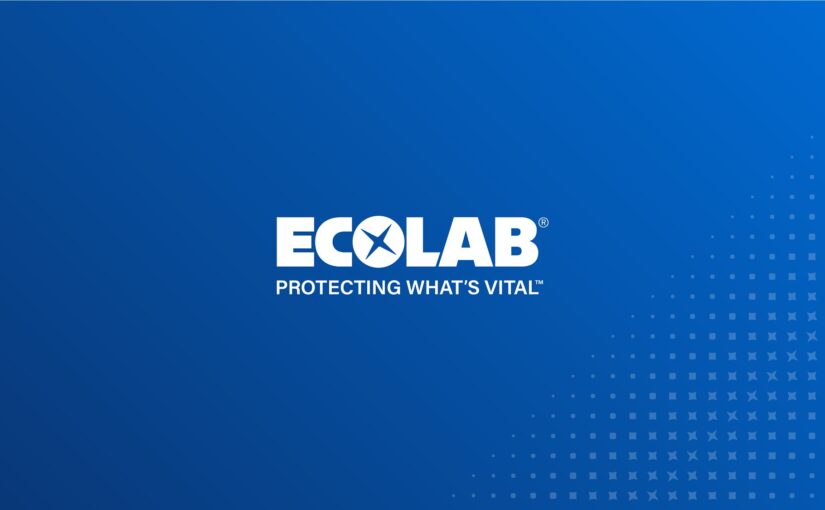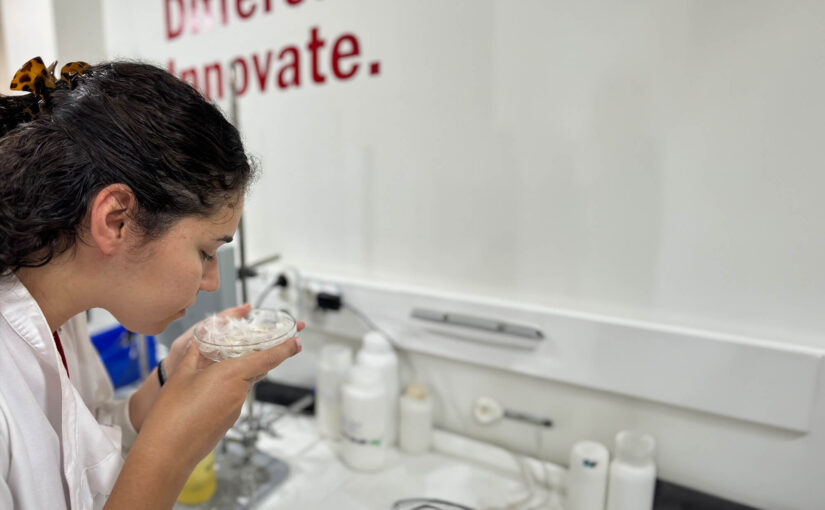HeiQ’s consumer research reveals the need for more communication about odor control textile technologies to capture added value and education on the environmental impact of laundering
The Swiss textile innovator HeiQ conducted an in-depth consumer research study in May this year and revealed perceptions calling for action: In fact, participating consumers are bothered by smells on their textiles. Even more surprisingly, the awareness of anti-odor functionalities in clothing or home textiles is significantly low, and thus communication about textile products empowered with odor control technologies should be rethought if the added value is to be captured.
One month ago, American consumers with an average level of activeness were interviewed on the topic of textile odor control, covering a wide range of home textiles to apparel. The ongoing rising athleisure trend is bringing high-performance sports clothing to people’s everyday life, e.g. in the office. Although there seems to be a high awareness of sweat-related odor control functions on sports apparel specifically, HeiQ’s Textile Market Knowledge Centre (TMKC) has notably shed light on the current consumer perception of odors on clothing and home textiles in general, and their level of awareness and involvement in embedded odor control technologies.
All participating consumers were concerned about odors on their textile goods, but their current solution only focuses on post-treatments, i.e. higher frequency of washing, or using stronger washing aids such as bleaching and stronger detergent. None of them mentioned buying textile products with inbuilt textile technologies that prevent or fight against odors. However, once probed, they found it appealing if a textile product would prevent odors to develop or even tackle odors from the surrounding environment. In fact, consumers would be even willing to pay a 15% price premium for textiles with odor control functionality*. Therefore, the implication for textile brands is that an extensive communication of their products with anti-odor performance would help consumers identify the right product that would solve their textile odor issues. Ultimately, this identified knowledge and communication gap is an opportunity for brands to sell more and capture 15% more added value at point of sales. During this in-depth consumer research study, HeiQ also tested different existing marketing messages from brands and ingredient brands and detected what method of communication works best. HeiQ’s TMKC will be glad to share the full insights with its brand partners end of July.
The participating consumer’s focus on increased or stronger washing to post-treat odors on textiles increases the environmental impact. If brands communicate that their products will not stink, and basically would not need an extra washing cycle, those brands can indirectly contribute to a reduced environmental footprint of their textile goods plus prolong the product’s lifetime.
HeiQ’s research also discovered that, despite the appeal, respondents are critical about the “add-on” to the textile that takes care of odor control. For that reason, educating the consumer is of vast importance. HeiQ technologies are bluesign approved, Oekotex conform, and extensively tested for e.g. skin sensitivity. This kind of information need to be transferred to the consumer to vanish concerns. Furthermore, the participating consumers are keen to gain more knowledge about the textile products of interest. Some of them mentioned that they search online for the product while they are in a store. Ingredient branding might be the solution to serve consumers with value-adding information directly from the ingredient brand’s website (e.g. with the help of a “video hangtag” linking to this website). At the same time, brands save the effort in building those required contents and rely on expert, compliant and legally vetted communication.
Lastly, among all bad smells mentioned, body odor remains the textile odor problem of most concern. Nevertheless, participating consumers would appreciate a solution that additionally eliminates unwelcome environmental odors from the textile, if available. HeiQ’s recently launched 2-in-1 high-performance product HeiQ Fresh AGOS (under the HeiQ Fresh Tech family) inhibits the growth of odor-causing bacteria and at the same time sequesters surrounding bad smells, for a full odor control experience.
This summary provides an insight into HeiQ’s latest consumer listening exercise of HeiQ’s TMKC. Further investigations, covering additional countries like Japan, will follow and the complete knowledge gained will be exclusively available to HeiQ’s brand partners.
* According to Cotton Inc’s 2016 Retail Monitor™ survey












